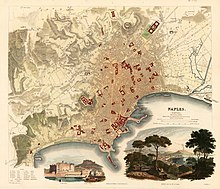
Henry Peter Brougham, 1st Baron Brougham and Vaux, was a British statesman who became Lord High Chancellor and played a prominent role in passing the Reform Act 1832 and Slavery Abolition Act 1833.
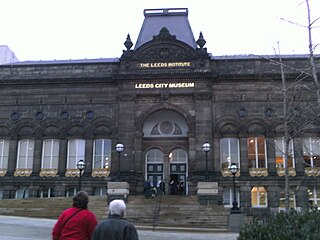
Mechanics' institutes, also known as mechanics' institutions, sometimes simply known as institutes, and also called schools of arts, were educational establishments originally formed to provide adult education, particularly in technical subjects, to working men in Victorian-era Britain and its colonies. They were often funded by local industrialists on the grounds that they would ultimately benefit from having more knowledgeable and skilled employees. The mechanics' institutes often included libraries for the adult working class, and were said to provide them with an alternative pastime to gambling and drinking in pubs.

John Lindley FRS was an English botanist, gardener and orchidologist.

The Penny Magazine was an illustrated British magazine aimed at the working class, published every Saturday from 31 March 1832 to 31 October 1845. Charles Knight created it for the Society for the Diffusion of Useful Knowledge in response to Chambers's Edinburgh Journal, which started two months earlier. Sold for only a penny and illustrated with wood-engravings, it was an expensive enterprise that could only be supported by very large circulation. Though initially very successful—with a circulation of 200,000 in the first year—it proved too dry and too Whiggish to appeal to the working-class audience it needed to be financially viable. Its competitor—which included a weekly short story—grew more slowly, but lasted much longer.

The third-oldest university in England debate has been carried out since the mid-19th century, with rival claims being made originally by Durham University as the third-oldest officially recognised university (1832) and the third to confer degrees (1837) and the University of London as the third university to be granted a royal charter (1836). These have been joined more recently by University College London as it was founded as London University (1826) and was the third-oldest university institution to start teaching (1828) and by King's College London. Most historians identify Durham as the third-oldest, following standard practice in how a university is defined and how this is applied historically, although the popular press is more divided.

University College London (UCL) was founded on 11 February 1826, under the name London University, as a secular alternative to the strictly religious universities of Oxford and Cambridge. It was founded with the intention from the beginning of it being a university, not a college or institute. However its founders encountered strong opposition from the Church of England, the existing universities and the medical schools which prevented them from securing the Royal Charter under the title of "university" that would grant "London University" official recognition and allow it to award degrees. It was not until 1836, when the latter-day University of London was established, that it was legally recognised and granted the authority to submit students for the degree examinations of the University of London.

John Thomas Graves was an Irish jurist and mathematician. He was a friend of William Rowan Hamilton, and is credited both with inspiring Hamilton to discover the quaternions in October 1843 and then discovering their generalization the octonions himself later that same year. He was the brother of both the mathematician and bishop Charles Graves and the writer and clergyman Robert Perceval Graves.
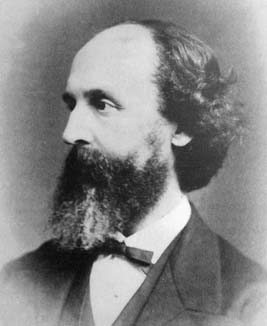
Thomas Archer Hirst FRS was a 19th-century English mathematician, specialising in geometry. He was awarded the Royal Society's Royal Medal in 1883.

The Faculty of Medicine at Dalhousie University, also known as Dalhousie Medical School, is a medical school and faculty of Dalhousie University in Halifax, Nova Scotia, Canada.
The Boston Society for the Diffusion of Useful Knowledge in Boston, Massachusetts, was founded "to promote and direct popular education by lectures and other means." Modelled after the recently formed Society for the Diffusion of Useful Knowledge in London, the Boston group's officers included Daniel Webster, Nathan Hale, Jacob Bigelow, William Ellery Channing, Edward Everett, Nathaniel L. Frothingham, and Abbott Lawrence. The society published the American Library of Useful Knowledge, a series of scholarly works by British and American authors. Public lectures on a variety of topics were held at Boston's Masonic Temple, and other venues.

William Youatt was an English veterinary surgeon and animal welfare writer.
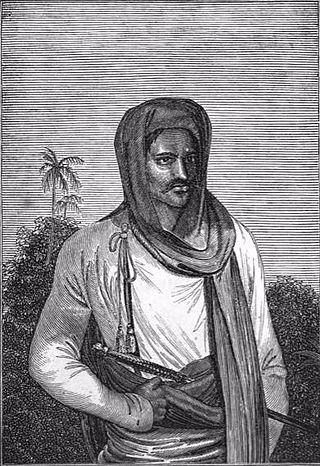
The Library of Entertaining Knowledge was founded by the Society for the Diffusion of Useful Knowledge. The books appeared from 1829 to 1838, published in London by Charles Knight, and complemented the Society's Library of Useful Knowledge, which had not sold as well as hoped. The volumes were priced at 4s. 6d, more expensive than rival non-fiction series.
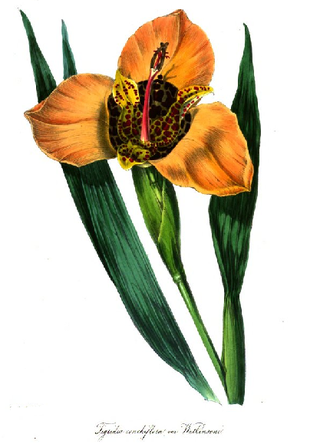
John Horsefield was an English handloom weaver and amateur botanist after whom the daffodil Narcissus 'Horsfieldii' is named. Horsefield had little formal schooling, and acquired most of his botanical knowledge through self-study and involvement in local botanical groups, which provided a venue for working class people to share knowledge, in part by pooling money to purchase books.

Bernard Vise Lightman, FRSC is a Canadian historian, and professor of humanities and science and technology studies at York University, in Toronto, Ontario, Canada. He specializes in the relationship between Victorian science and unbelief, the role of women in science, and the popularization of science.
Henry Waymouth, also spelt Weymouth, was a Baptist activist and campaigner, and a founder of the South Australian Company.
Murray's Family Library was a series of non-fiction works published from 1829 to 1834, by John Murray, in 51 volumes. The series editor was John Gibson Lockhart, who also wrote the first book, a biography of Napoleon. The books were priced at five shillings; Murray's approach, which did not involve part-publication, is considered a fundamentally more conservative business model, and intention, than used by the contemporary library of the Society for the Diffusion of Useful Knowledge.
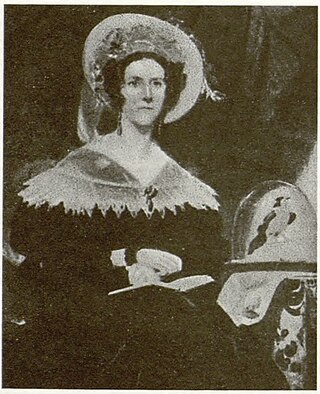
Christian Ramsay, Countess of Dalhousie informally Lady Dalhousie, néeBroun; was a Scottish botanist and natural historian. She married George Ramsay, 9th Earl of Dalhousie and travelled with him when he was appointed Lieutenant Governor of Nova Scotia, Governor General of Canada and Commander in Chief of the Indian Army. While travelling, she collected and catalogued many species of plants, presented scientific papers to societies and donated many collections to different botanical groups.

Taxes on knowledge was a slogan defining an extended British campaign against duties and taxes on newspapers, their advertising content, and the paper they were printed on. The paper tax was early identified as an issue: "A tax upon Paper, is a tax upon Knowledge" is a saying attributed to Alexander Adam (1741–1809), a Scottish headmaster.

The March of Intellect, or the 'March of mind', was the subject of heated debate in early nineteenth-century England, one side welcoming the progress of society towards greater, and more widespread, knowledge and understanding, the other deprecating the modern mania for progress and for new-fangled ideas.

Traité de mécanique céleste is a five-volume treatise on celestial mechanics written by Pierre-Simon Laplace and published from 1798 to 1825 with a second edition in 1829. In 1842, the government of Louis Philippe gave a grant of 40,000 francs for a 7-volume national edition of the Oeuvres de Laplace (1843–1847); the Traité de mécanique céleste with its four supplements occupies the first 5 volumes.
Newton laid the foundations of Celestial Mechanics, at the close of the seventeenth century, by the discovery of the principle of universal gravitation. Even in his own hands, this discovery led to important consequences, but it has required a century and a half, and a regular succession of intellects the most powerful, to fill up the outline sketched by him. Of these, Laplace himself was the last, and, perhaps after Newton, the greatest; and the task commenced in the Principia of the former, is completed in the Mécanique Céleste of the latter. In this last named work, the illustrious author has proposed to himself his object, to unite all the theories scattered throughout the various channels of publication, employed by his predecessors, to reduce them to one common method, and present them all in the same point of view.
If one were asked to name the two most important works in the progress of mathematics and physics, the answer would undoubtedly be, the Principia of Newton and the Mécanique Céleste of Laplace. In their historical and philosophical aspects these works easily outrank all others, and furnish thus the standard by which all others must be measured. The distinguishing feature of the Principia is its clear and exhaustive enunciation of fundamental principles. The Mécanique Céleste, on the other hand, is conspicuous for the development of principles and for the profound generality of its methods. The Principia gives the plans and specifications of the foundations; the Mécanique Céleste affords the key to the vast and complex superstructure.


